
5 things to know about Winnipeg’s big sewage problem
115 billion litres, 70 years to fix, $5.5 billion in lawsuits
The Ontario government is mulling changes to environmental laws that it believes will block lawsuits from landowners and fast-track highway, energy and transit projects, The Narwhal has learned.
According to an internal government document reviewed by The Narwhal, the change is expected to be announced as part of an omnibus bill that contains a wide range of measures the government says are designed to build infrastructure and housing faster. These would include new tools to make it easier for the government to expropriate land to proceed with major infrastructure projects — a change the government notes could be viewed as “further weakening” of Ontario’s Environmental Assessment Act.
The document refers to the bill as the Get It Done Act, and says the government plans to release it when the legislature returns in February — with changes that could also reinstate decisions to impose urban sprawl onto green space in some southern Ontario communities.
The document says 10 provincial ministries would be involved in promoting the plan through “a proactive communications approach” by emphasizing measures in the bill that could save Ontarians small amounts of money. One such measure would continue a freeze on renewal fees for driver’s licences originally announced in 2018, which saves drivers $7 every five years. Others would block the possibility of new tolls on new provincial highways and automate the licence plate renewal process.
The Narwhal asked the Premier’s Office and the ministries of Environment, Transportation and Infrastructure detailed questions about the government’s plan over the course of several days this week. None responded.
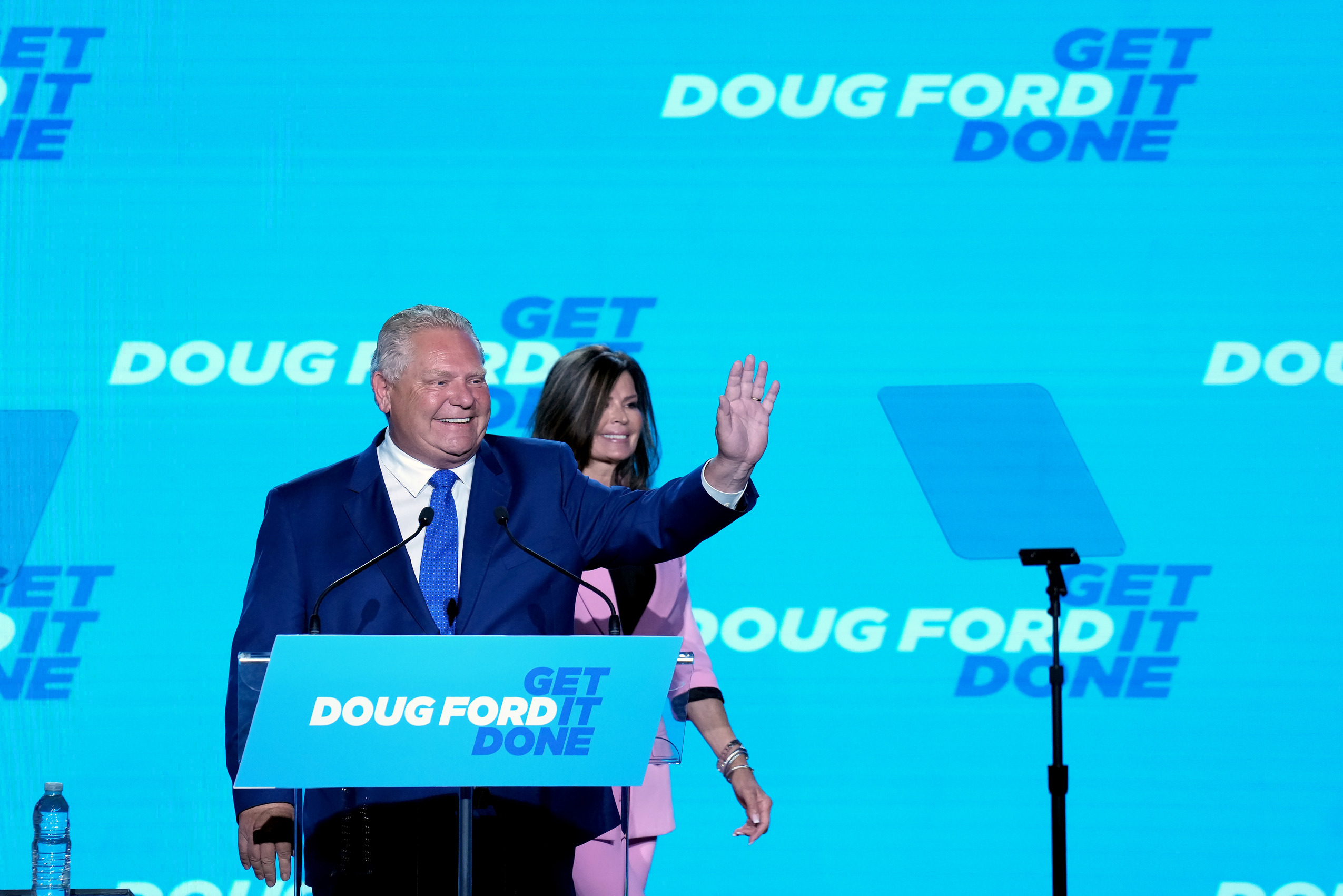
The move to explicitly allow expropriation of land before obtaining certain approvals is aimed at preventing potential court challenges from bogging down construction of flagship provincial projects like Highway 413, the Bradford Bypass and new transit lines — and to enable what the document says the government is already doing, despite uncertainty about whether it’s legal. The government’s internal estimates suggest the move could shave six to 18 months off the timeline for a major infrastructure project. According to the document, such legal challenges can cost the government approximately $25,000 per case.
These changes come as the Progressive Conservative government, led by Premier Doug Ford, reaches the halfway point in its second term without having made substantial progress on some of its biggest infrastructure promises, despite touting “historic” investments and a flurry of bills it said would reduce red tape. The document suggests Ontarians have “limited” awareness of that narrative, noting that internal government polling from December found 49 per cent of Ontarians were unable to name a single infrastructure project in the province.
Highway 413, a pillar of Ford’s 2022 re-election campaign, has barely moved forward in nearly three years, mired in a federal review. The government has rolled back several moves meant to encourage rapid housing construction, including cuts to Ontario’s protected Greenbelt, while the government is still figuring out how to implement many of the changes meant to streamline development in Bill 23, the More Homes Built Faster Act. And while work has advanced on other projects, like the Bradford Bypass, the redevelopment of a former amusement park at Ontario Place on Toronto’s waterfront and several light rail lines, many are also caught in delays and controversy.
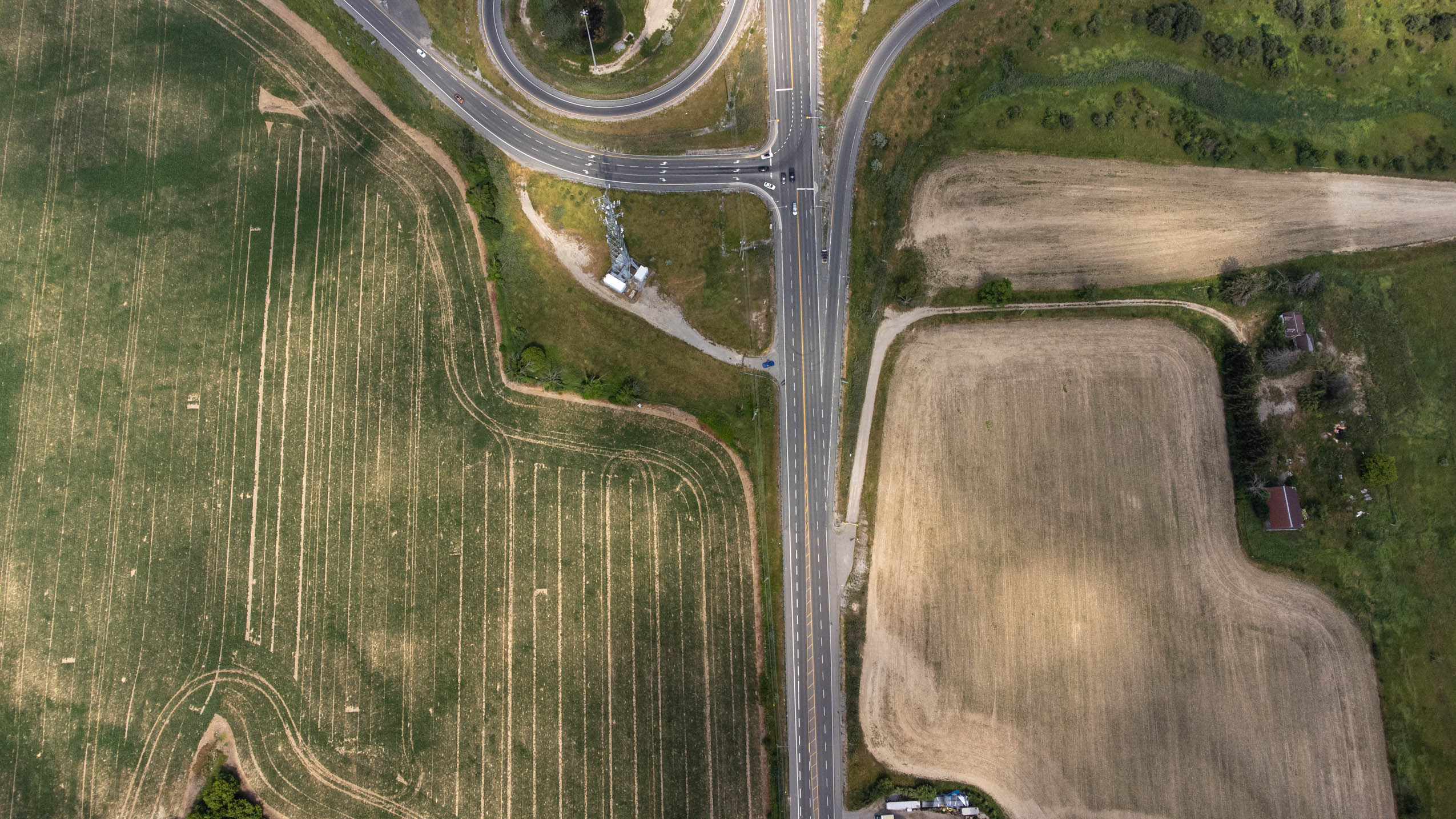
It is unclear if changes in the new bill, if passed, would speed up any of these projects. The internal document cites legal advice that says without changing the law to explicitly allow expropriation before environmental approvals, there’s a risk the courts would find “it is prohibited.” It also notes some landowners may view this as “further government overreach in respect of private property rights.”
The Narwhal has learned the government is considering the plan despite internal warnings it could face blowback from Indigenous communities and municipalities that could still land the province in court.
The confidential document notes the public might raise concerns about whether the government is allowing the expropriation of more land than what is actually needed for major projects. It also suggests some Ontarians may view the moves as harmful to the environment and think the environmental assessment process “is being compromised.”
Ford’s office didn’t respond to questions from The Narwhal about whether his government has consulted municipalities, Indigenous communities or the public about its plan. The document said the government plans to post the proposal online for public consultation for 30 days after introducing it.
The document includes an assessment of how various stakeholders — including landowners, environmental groups, other levels of government, Indigenous communities and industry — are expected to react to various proposals.
It also suggests the government is seeking to counter any public skepticism about its plans by promoting a “narrative” in an advertising blitz about the importance of infrastructure investments. An initial ad campaign to lay the groundwork for the bill, referenced in the document, appears to have launched in January with the slogan “It’s happening here.”
“Ontario will get it done by making it easier to build the infrastructure we need to power and support Ontario’s growing population. If passed, new legislative and regulatory tools would create conditions to plan, approve and build projects faster,” the document says. “Now, more than ever, we need to keep costs down for people and businesses while building Ontario for the future. We are helping people keep money in their pockets by ensuring no new tolls now and in the future and freezing fees on driver’s licences and Ontario photo cards. We are also making it easier for drivers by automating the licence plate renewal process.”
Overall, the document says the legislation, if passed, will “make it faster to build and easier to save money.”

The province is only supposed to expropriate land — taking property from a private landowner — when it is needed for public projects. Often, the government will determine that need through an environmental assessment, which can help ensure it doesn’t take too much. But the question of whether an environmental review is an actual legal requirement before expropriation is currently a gray area under Ontario’s law, leaving the government vulnerable to potential court challenges.
The government already expropriated several properties for the Bradford Bypass before completing that project’s environmental assessment. In 2020, the government also restricted the rights of landowners facing expropriation by eliminating a hearing meant to determine if the process was necessary.
Criticism of the bill “could be especially strong” because of the 2020 change, the document notes. “With the elimination of the hearings … legal challenges become the only recourse for property owner objections.”
The process to expropriate land can be cumbersome and cause delays in rare cases, especially for municipalities. The Narwhal spoke with three sources at different Ontario municipalities that weren’t authorized to speak publicly. All said the need to take private land for certain public development is a last-resort mechanism that is expensive and unpopular. These sources said permitting expropriation before environmental approval could speed up construction in some cases, but at the risk of losing environmental oversight over development, which the province already reduced when it weakened conservation authority powers early last year.
In the internal document, the government said the bill would not override other laws requiring the government to justify expropriations before they happen. This would include making “procedurally fair decisions” after consulting property owners, considering their views and providing reasons “that are substantively reasonable” before an expropriation, the document says.
The government is making an internal case for these changes by citing a growing number of infrastructure plans across North America, including in Quebec, that are “tackling certain administrative laws and procedural rules” to build “low-carbon” cities and economies. The government isn’t clear in the internal document about how its proposals would achieve this.
“State and provincial governments often face criticism from local mayors and councils if overriding or affecting their process, but general support from public and stakeholders is higher for efforts focused on building homes and transition to a low-carbon economy,” reads the internal document.
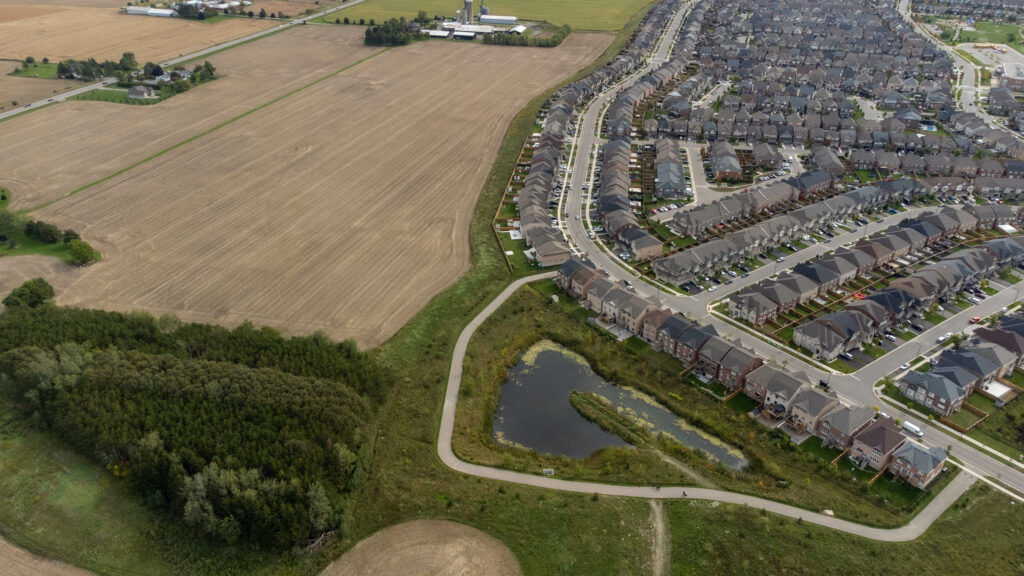
The new bill is likely to include the government’s decisions on 12 municipal urban boundaries, The Narwhal learned, in a move that would flip-flop an earlier flip-flop.
In 2022, on the same day parts of the Greenbelt were opened for development, the government mandated that almost every municipality in southern Ontario expand its urban boundary to allow building on farmland and green space, even the ones that didn’t want it. The government reversed the plans last fall after two watchdog reports and thousands of pages of internal government documents raised concerns about the influence political staff and developers had on the process. Sources tell The Narwhal the bill now under consideration could see the Ford government reversing its reversal, reinstating sprawl in at least some municipalities.
The government is expecting mixed response to the new plans, with the internal document noting some of the same issues that impacted its 2022 development policies. Then, the Chiefs of Ontario — a group representing all 133 First Nations in the province — criticized the government for failing to consult First Nations on Bill 23 and demanded a repeal. The internal document notes Indigenous communities “may also be concerned with the limited opportunities for engagement” on the proposed Get It Done Act, adding there is a risk Indigenous communities or environmental organizations might bring legal challenges.
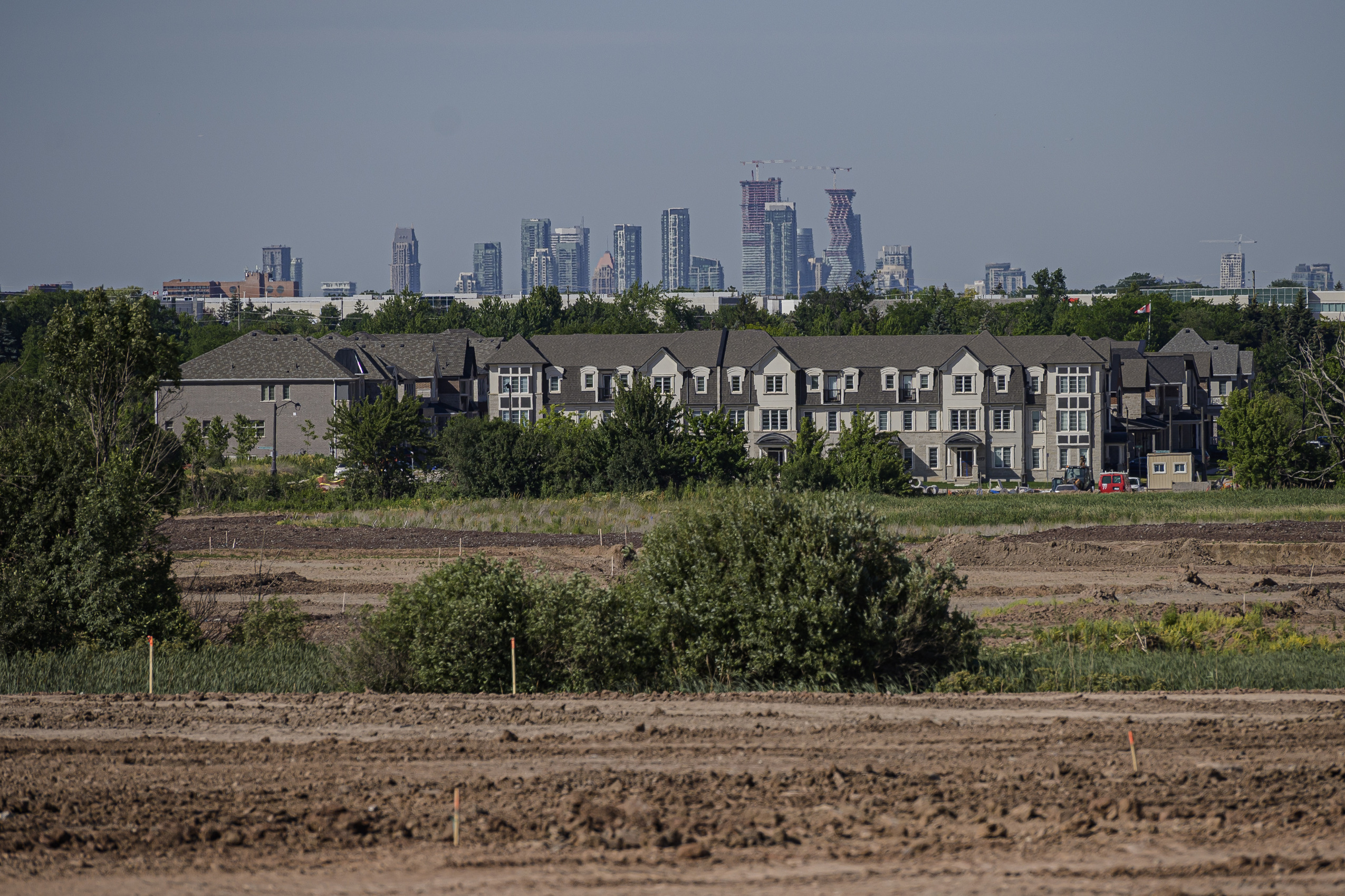
Since 2022, the province has also tussled with towns and cities over how its push to build affects local budgets, infrastructure and environmental protections. The internal document suggests tension could continue as the government is considering further changes to the environmental assessment process that might impact how local governments build their communities.
The province is working on two other measures to accelerate the early stages of key projects, The Narwhal has learned.
One led by Infrastructure Minister Kinga Surma’s department is a concept called “special building zones,” which would allow the government to take over local decision-making power on certain priority projects. Surma’s portfolio includes Ontario Place, which has come under fire from critics concerned that the government’s plan to build a large indoor waterpark and spa hasn’t undergone a proper environmental review.
The internal document notes there’s likely to be “mixed reaction” to the idea of special building zones — especially in the wake of the auditor general’s bombshell report on changes to the Greenbelt last year, which raised concerns about government decisions favouring certain developers. The document also notes that while Indigenous communities and environmental stakeholders might take issue with the plan, “developers and construction companies may react positively.”
“It may be perceived that the Ontario government is seeking ways to circumvent its duty to consult,” the document says.
“[The Ministry of Infrastructure] does not recommend public consultation at this time … [Premier’s Office] direction is being sought regarding next steps. If required a full consultation plan will be prepared in advance.”
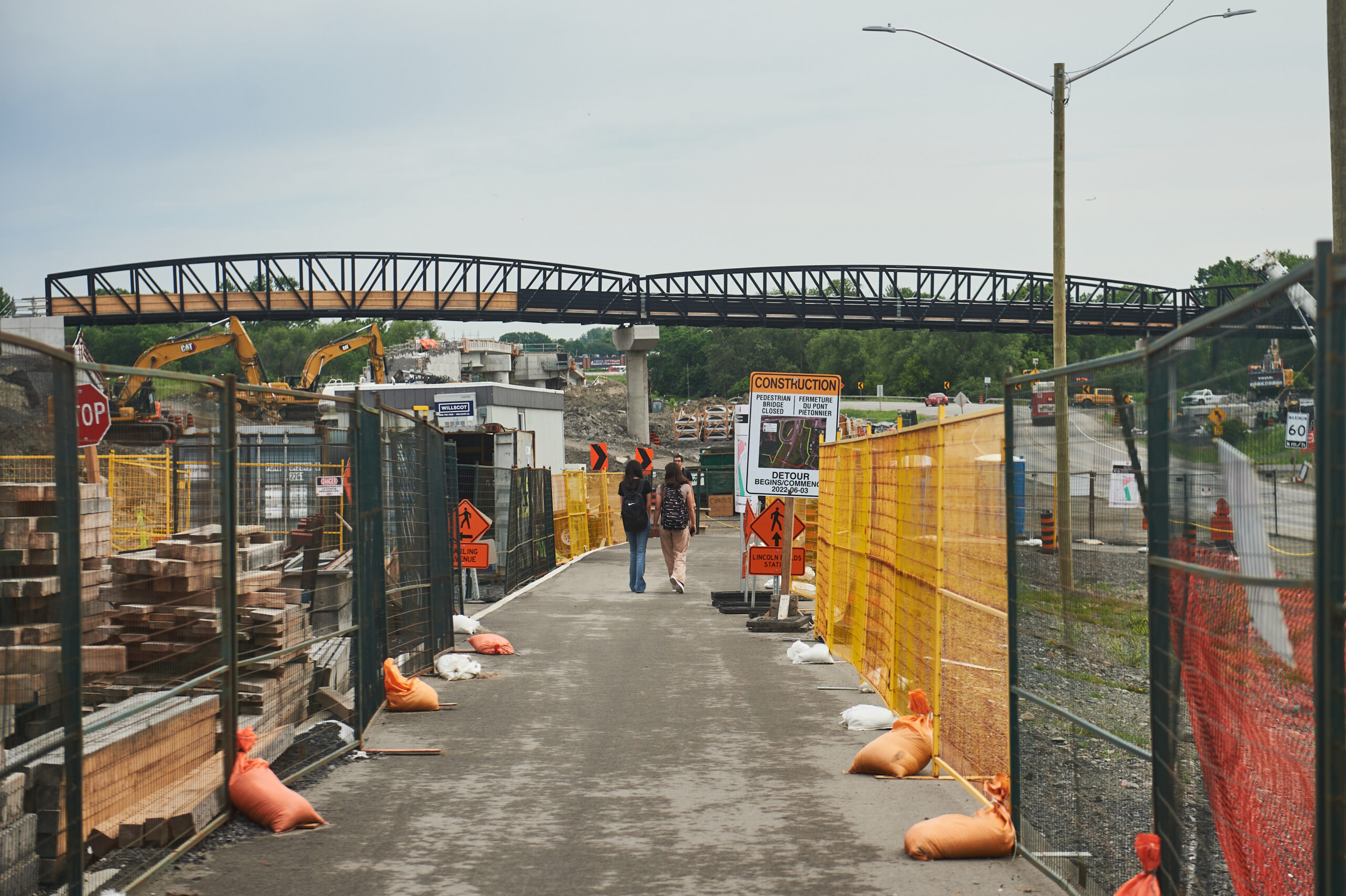
Officials internally flagged that it could be risky for the government to introduce special building zones while it isn’t sure what the impacts of other policies aimed at accelerating construction have been, the document said.
A second early-stage proposal would be aimed at making the mining approval process move faster. Mining Minister George Pirie already overhauled the province’s mining rules last year through the Building More Mines Act, making it easier for new projects to get a green light.
First Nations, however, have raised concerns that parts of the mining approval process are going too fast already. Last week, the Chiefs of Ontario called on Ford and Pirie to place a year-long moratorium on new mineral claims, saying the current rush of claim staking is overwhelming communities.
Get the inside scoop on The Narwhal’s environment and climate reporting by signing up for our free newsletter. On a warm September evening nearly 15...
Continue reading
115 billion litres, 70 years to fix, $5.5 billion in lawsuits

Climate change, geopolitics and business opportunities power a blue economy

10 billion litres of sewage are dumped into Winnipeg’s lakes and rivers each year. Some...
